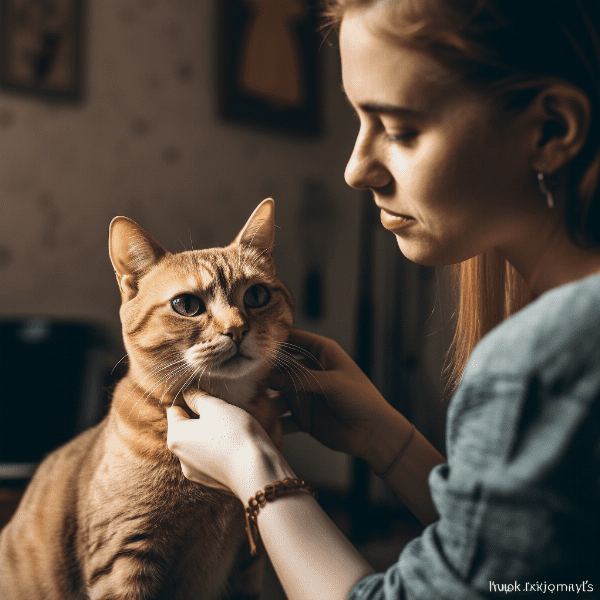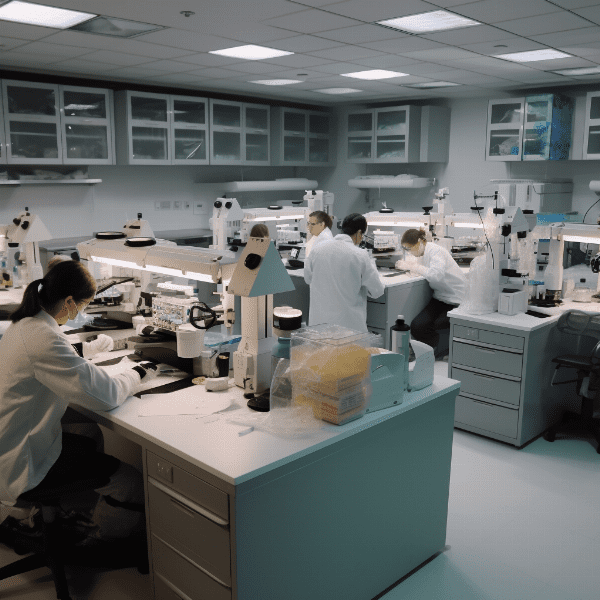Table of Contents
- Introduction to Infectious Cat Bites
- Why are Cat Bites Dangerous?
- Types of Infections Caused by Cat Bites
- Symptoms of Infectious Cat Bites
- Steps to Take After a Cat Bite
- Medical Treatment for Infectious Cat Bites
- Home Remedies for Treating Cat Bites
- Prevention of Cat Bites and Infections
- When to Seek Medical Attention
- Conclusion: Staying Safe Around Cats.
Introduction to Infectious Cat Bites
Cats are cute, cuddly and make wonderful pets, but it’s important to remember that they are also predators with sharp teeth and claws. Cat bites may seem like minor injuries, but they can quickly become serious if left untreated. In fact, according to the American Academy of Family Physicians, up to 80% of cat bites can become infected.
How Cat Bites Occur
Cats may bite for a variety of reasons, such as feeling threatened or anxious, playfulness, or aggression. Bites can occur during rough play or when attempting to handle an upset or scared cat. Even seemingly innocent nibbles can lead to a break in the skin and introduce harmful bacteria into the wound.
Risks of Infection
Cat bites are particularly dangerous because their sharp teeth can puncture deep into the skin, allowing bacteria to enter the wound and cause infection. Cats are also notorious for carrying bacteria in their mouths, including a bacterium known as Pasteurella multocida. This bacterium is commonly found in the mouths of cats and can cause severe infections in humans.
Groups at Higher Risk
Some groups of people are at higher risk of developing an infection from a cat bite. These include children, the elderly, people with weakened immune systems, and those who have been bitten multiple times. In these cases, a cat bite can quickly escalate from a minor injury to a potentially life-threatening infection.
Understanding the risks associated with cat bites is the first step in protecting yourself and your loved ones. By taking proactive measures, such as properly handling cats and seeking medical attention promptly after a bite, you can greatly reduce the risk of developing a serious infection. In the following sections, we will delve deeper into the various types of infections that can occur from cat bites, the symptoms to watch for, and the steps you should take after being bitten.

Why are Cat Bites Dangerous?
While cat bites may seem like a minor injury, they can quickly become serious if left untreated. There are several reasons why cat bites are particularly dangerous:
Bacteria in Cat’s Mouth
Cats are known for carrying a range of bacteria in their mouths, including the bacterium Pasteurella multocida. This bacterium is particularly dangerous because it can cause severe infections in humans.
Rapid Infection
Infections from cat bites can develop very quickly. Within just a few hours, a bite can become red, swollen, and painful. Left untreated, an infection can spread to other parts of the body and lead to serious health complications.
Complications
Complications from cat bites can range from mild to severe. In some cases, an infection can cause cellulitis, a skin infection that spreads rapidly and can be life-threatening. Other complications may include sepsis, joint infections, and osteomyelitis, a bone infection.
Understanding the dangers of cat bites is crucial in preventing serious infections. If you are bitten by a cat, it’s important to take immediate action to prevent infection. Clean the wound thoroughly and seek medical attention promptly. By taking proactive measures, you can greatly reduce the risk of developing a serious infection.

Types of Infections Caused by Cat Bites
Pasteurella Infection
Pasteurella infection is the most common infection resulting from a cat bite. This type of infection is caused by the bacterium Pasteurella multocida, which is commonly found in the mouths of cats. Symptoms may include swelling, redness, and pain at the site of the bite, as well as fever and chills.
Streptococcus Infection
Streptococcus infection is caused by the bacterium Streptococcus pyogenes. This bacterium can cause a range of infections, including skin infections, pneumonia, and strep throat. Symptoms may include redness, swelling, and pain at the site of the bite, as well as fever and chills.
Tetanus
Tetanus is a serious infection caused by the bacterium Clostridium tetani. This bacterium is commonly found in soil, dust, and animal feces. Symptoms may include muscle stiffness and spasms, fever, and sweating.
Rabies
Rabies is a viral infection that is transmitted through the saliva of infected animals, including cats. Symptoms may include fever, headache, and muscle weakness, as well as more severe symptoms such as seizures and paralysis.
It’s important to seek medical attention promptly if you experience any symptoms of infection following a cat bite. By taking proactive measures, you can greatly reduce the risk of developing a serious infection. In the next section, we will discuss the symptoms to watch for following a cat bite.

Symptoms of Infectious Cat Bites
Cat bites can cause a range of symptoms, some of which may indicate a serious infection. Understanding the symptoms to watch for is crucial in seeking appropriate medical treatment. Here are some of the most common symptoms of Infectious cat bites:
Redness and Swelling
Redness and swelling at the site of the bite are common symptoms of an infection. This may indicate that the wound is inflamed and infected.
Pain and Tenderness
Pain and tenderness at the site of the bite may indicate that the wound is infected. These symptoms may become more severe over time and may be accompanied by fever and chills.
Pus or Discharge
Pus or discharge from the wound is a sign that the wound is infected. The pus may be yellow or green and may have a foul odor.
Fever and Chills
Fever and chills are common symptoms of an infection. These symptoms may indicate that the infection has spread beyond the site of the bite and may be affecting other parts of the body.
Fatigue and Weakness
Fatigue and weakness may be symptoms of a more severe infection. These symptoms may indicate that the infection has spread to other parts of the body and is affecting overall health.
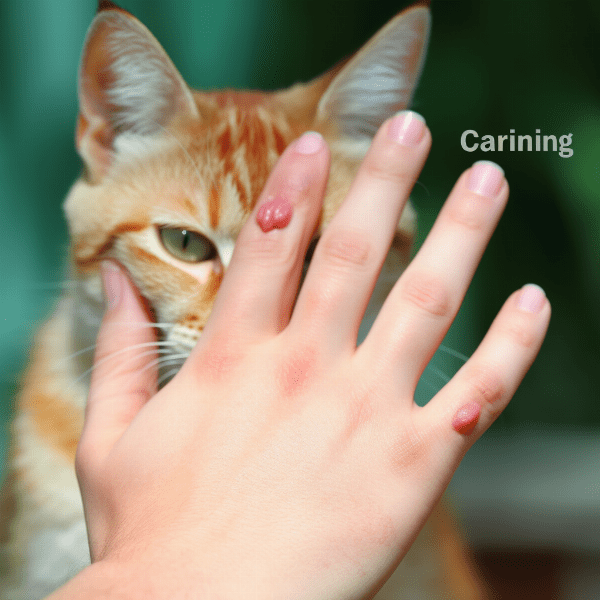
Steps to Take After a Cat Bite
If you are bitten by a cat, it’s important to take immediate action to prevent infection. Here are some steps you should take after being bitten by a cat:
Wash the Wound
The first step after a cat bite is to wash the wound with soap and water. This helps to remove any bacteria from the wound and reduce the risk of infection.
Apply Pressure
If the wound is bleeding, apply pressure to the site with a clean cloth or bandage. This helps to stop the bleeding and prevent further contamination.
Apply Antibiotic Ointment
After washing the wound, apply antibiotic ointment to the site of the bite. This helps to prevent infection and promote healing.
Cover the Wound
Cover the wound with a sterile bandage or dressing. This helps to protect the wound from further contamination and keeps it clean.
Monitor the Wound
Monitor the wound for any signs of infection, such as redness, swelling, and pus or discharge. If you experience any of these symptoms, seek medical attention promptly.
.
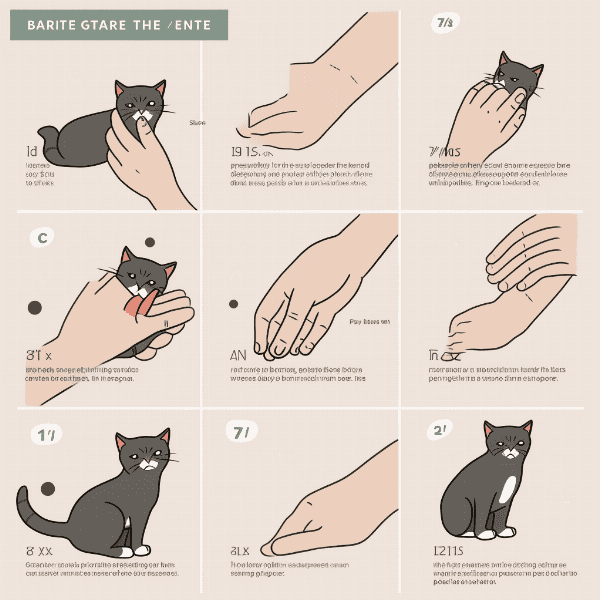
Medical Treatment for Infectious Cat Bites
If you develop an infection from a cat bite, prompt medical treatment is essential. Here are some of the medical treatments that may be used for infectious cat bites:
Antibiotics
Antibiotics are often prescribed to treat infections resulting from cat bites. These medications help to kill the bacteria causing the infection and prevent it from spreading.
Drainage
If an abscess develops as a result of the infection, your doctor may need to drain the abscess to prevent it from spreading.
Hospitalization
In some cases, hospitalization may be necessary for the treatment of infectious cat bites. This may be necessary if the infection is severe or if it has spread to other parts of the body.
Surgery
In rare cases, surgery may be necessary to treat an infection resulting from a cat bite. This may be necessary if the infection has caused damage to the bones or joints.
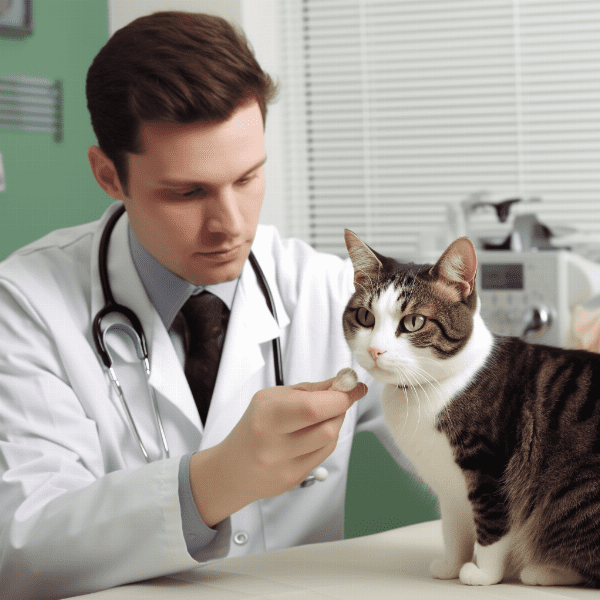
Home Remedies for Treating Cat Bites
In addition to seeking medical treatment, there are several home remedies that may help to alleviate symptoms and promote healing after a cat bite. Here are some of the most effective home remedies for treating cat bites:
Clean the Wound
Cleaning the wound thoroughly with soap and water is one of the most important steps in preventing infection. You should continue to clean the wound regularly until it has fully healed.
Apply a Warm Compress
Applying a warm compress to the site of the bite can help to reduce inflammation and promote healing. You can use a warm, damp washcloth or a heating pad set on low.
Elevate the Affected Area
If the bite is on an arm or leg, elevating the affected area can help to reduce swelling and promote healing.
Take Pain Relievers
Over-the-counter pain relievers, such as acetaminophen or ibuprofen, can help to alleviate pain and reduce inflammation.
Use Honey
Honey has natural antibacterial properties and may help to prevent infection. Apply a small amount of honey to the wound and cover with a sterile bandage.
Use Tea Tree Oil
Tea tree oil is a natural antiseptic and may help to prevent infection. Dilute tea tree oil with a carrier oil, such as coconut oil, and apply to the wound.
While home remedies can be effective in treating minor cat bites, it’s important to seek medical attention if you experience any signs of infection. By taking proactive measures and seeking appropriate medical treatment, you can greatly reduce the risk of developing a serious infection. In the next section, we will discuss prevention of cat bites and infections.
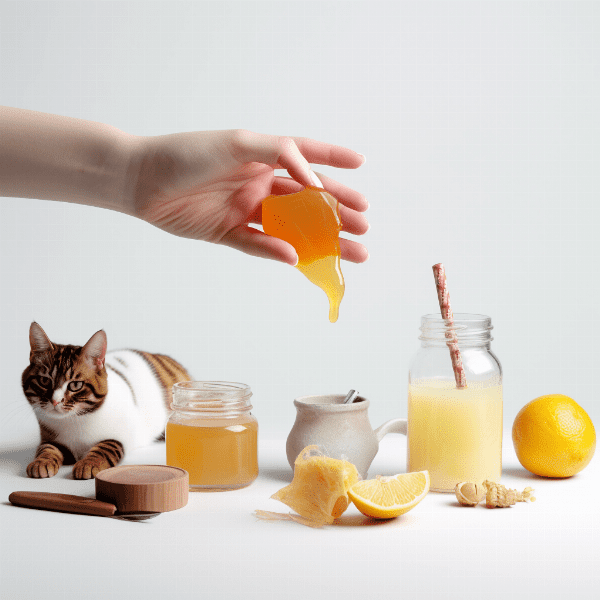
Prevention of Cat Bites and Infections
Preventing cat bites and infections is key to staying safe around cats. Here are some steps you can take to reduce the risk of cat bites and infections:
Vaccination
Keeping your cat up-to-date on vaccinations is important in preventing infections. Make sure your cat receives regular checkups and vaccinations from a veterinarian.
Avoid Stray Cats
Avoid contact with stray cats, as they may carry diseases and be more likely to bite.
Regular Cleaning
Regularly clean and disinfect cat toys, food and water bowls, and litter boxes to prevent the spread of bacteria.
Use Gloves
If you need to handle a cat, use gloves to protect your hands from scratches and bites.
.

When to Seek Medical Attention
While most cat bites can be treated at home, there are certain situations where medical attention is necessary. Here are some situations where you should seek medical attention after a cat bite:
Deep Wounds
If the bite has punctured the skin and caused a deep wound, seek medical attention promptly. Deep wounds are more likely to become infected and may require antibiotics or other treatments.
Signs of Infection
If you experience any signs of infection, such as redness, swelling, pus, or fever, seek medical attention promptly. Infections can quickly become serious if left untreated.
Joint Pain
If you experience joint pain after a cat bite, seek medical attention promptly. Joint infections can be serious and may require surgical treatment.
Numbness or Tingling
If you experience numbness or tingling in the affected area, seek medical attention promptly. This may indicate nerve damage or a more serious infection.
Chronic Medical Conditions
If you have a chronic medical condition, such as diabetes or a weakened immune system, seek medical attention promptly after a cat bite. These conditions can make you more susceptible to infections and may require more aggressive treatment.
If you experience any of these symptoms after a cat bite, it’s important to seek medical attention promptly. By taking proactive measures and seeking appropriate medical treatment, you can greatly reduce the risk of developing a serious infection.
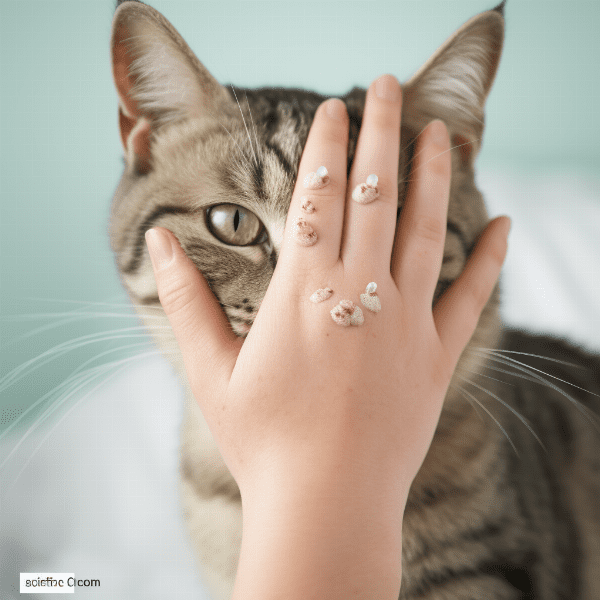
Conclusion: Staying Safe Around Cats.
Cat bites can be serious and result in infections that can lead to severe health complications. However, by taking proactive measures and following the steps outlined in this article, you can greatly reduce the risk of cat bites and infections. Here are some key takeaways to remember:
Proper Handling
Properly handling cats is important in preventing bites. Approach cats calmly and slowly, and avoid rough play.
Seek Medical Attention
If you are bitten by a cat, seek medical attention promptly. Even minor bites can become infected if left untreated.
Home Remedies
Home remedies can be effective in treating minor cat bites, but it’s important to seek medical attention if you experience any signs of infection.
Prevention
Preventing cat bites and infections is key to staying safe around cats. Keep your cat up-to-date on vaccinations, avoid contact with stray cats, and regularly clean and disinfect cat toys and accessories.
By following these steps, you can greatly reduce the risk of cat bites and infections. Remember to stay vigilant around cats and seek medical attention promptly if you experience any symptoms of infection.
